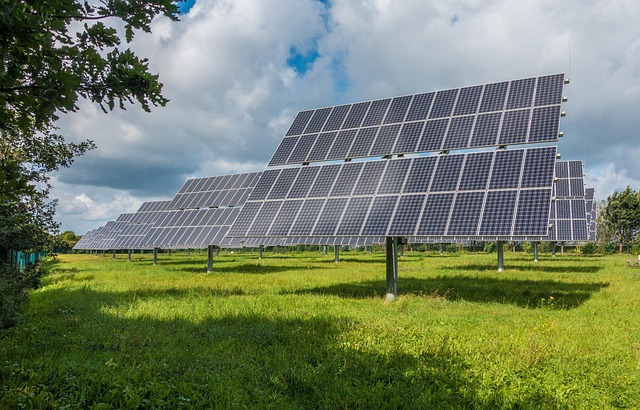In an era where climate change looms as one of humanity’s greatest challenges, the quest for a sustainable energy supply has never been more critical. The shift towards a carbon-neutral future is not merely an industrial obligation; it is a moral imperative for the coming generations. As individuals, communities, and policymakers alike rally around the need for sustainable development, we find ourselves at the crossroads of innovation and responsibility.
Sustainable energy supply encompasses a diverse range of renewable resources, including solar, wind, hydro, and geothermal energy. Each of these green technologies offers an alternative to fossil fuels, reducing our collective ecological footprint. By harnessing the power of nature, we can generate energy without the harmful emissions that contribute to global warming. Imagine a world where homes and businesses are powered not by polluting sources but by clean, abundant energy—this is the vision we must strive for.
The transition to sustainable energy is not solely about technological adaptation; it requires a shift in mindset. Governments and corporations need to prioritize investment in green technologies and infrastructure, while individuals can contribute through lifestyle choices that advocate for sustainability. For instance, opting for electric vehicles, utilizing energy-efficient appliances, and supporting local renewable energy initiatives can all significantly reduce our carbon footprint.
Moreover, education plays a vital role in this transformation. By raising awareness about the importance of a carbon-neutral energy supply, we empower individuals to take action and demand change from their leaders. Schools, universities, and community organizations can serve as platforms for sustainability education, fostering a culture of environmental responsibility that resonates with people of all ages.
Innovative solutions are emerging as we embrace a sustainable energy future. Breakthroughs in battery storage technology allow for the efficient storage of renewable energy, ensuring that resources generated during peak production can be utilized when demand is high. Furthermore, smart grid technology enables real-time energy management, allowing households to optimize their energy usage and reduce waste.
Transitioning to a sustainable energy supply is not merely a technical challenge; it is a comprehensive social movement. Engaging communities in the conversation about sustainability leads to collective ownership of the solutions we implement. Localized energy initiatives, such as community solar projects, allow people to invest in and directly benefit from renewable energy sources, thus enhancing social equity and economic stability.
Lastly, the role of policy cannot be overstated in our journey towards carbon neutrality. Supportive regulations, incentives for renewable energy adoption, and penalties for carbon emissions can drive significant shifts in energy consumption patterns. Policymakers must be courageous in supporting sustainable energy initiatives, recognizing that the long-term benefits far outweigh the short-term challenges.




